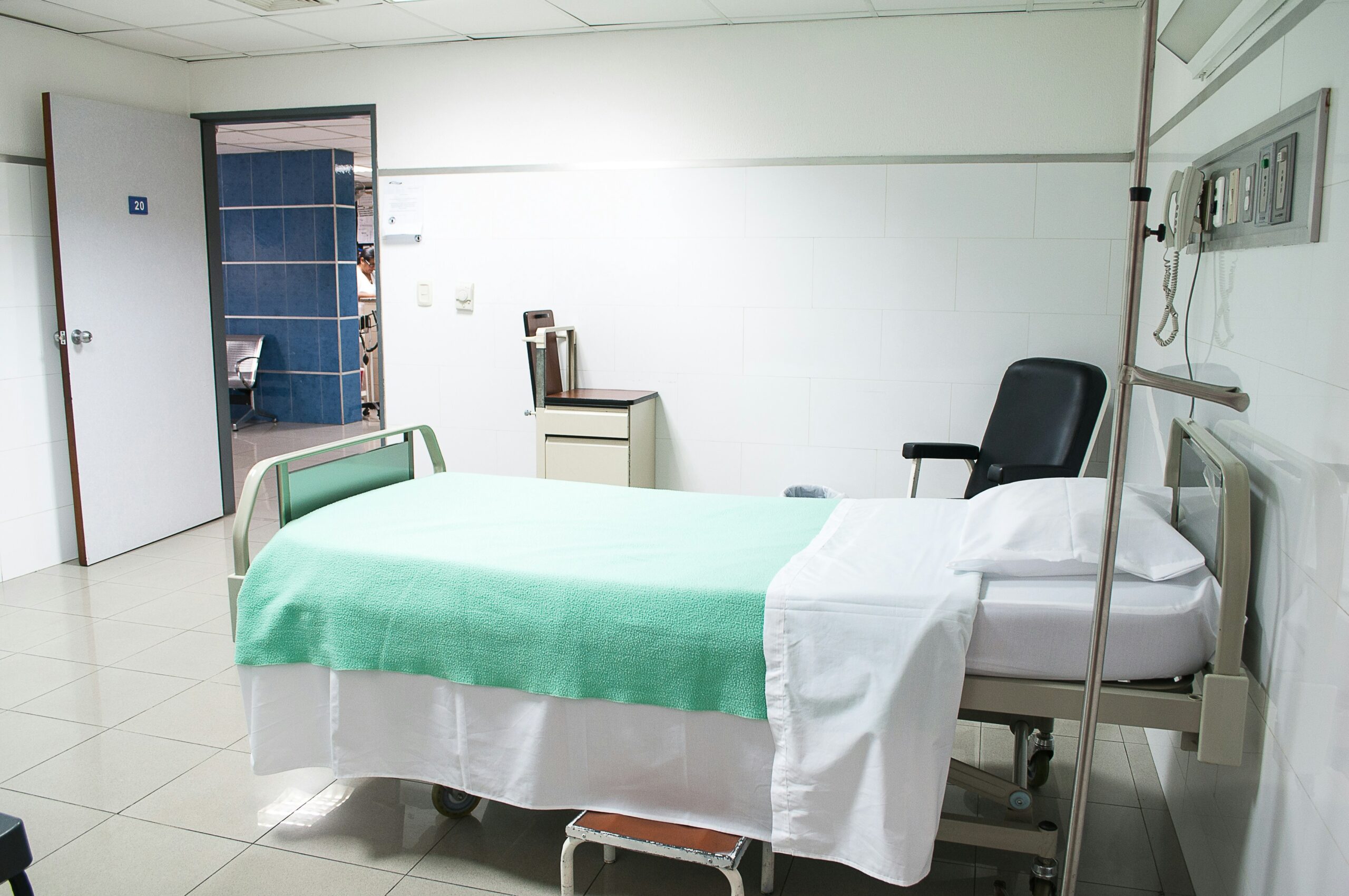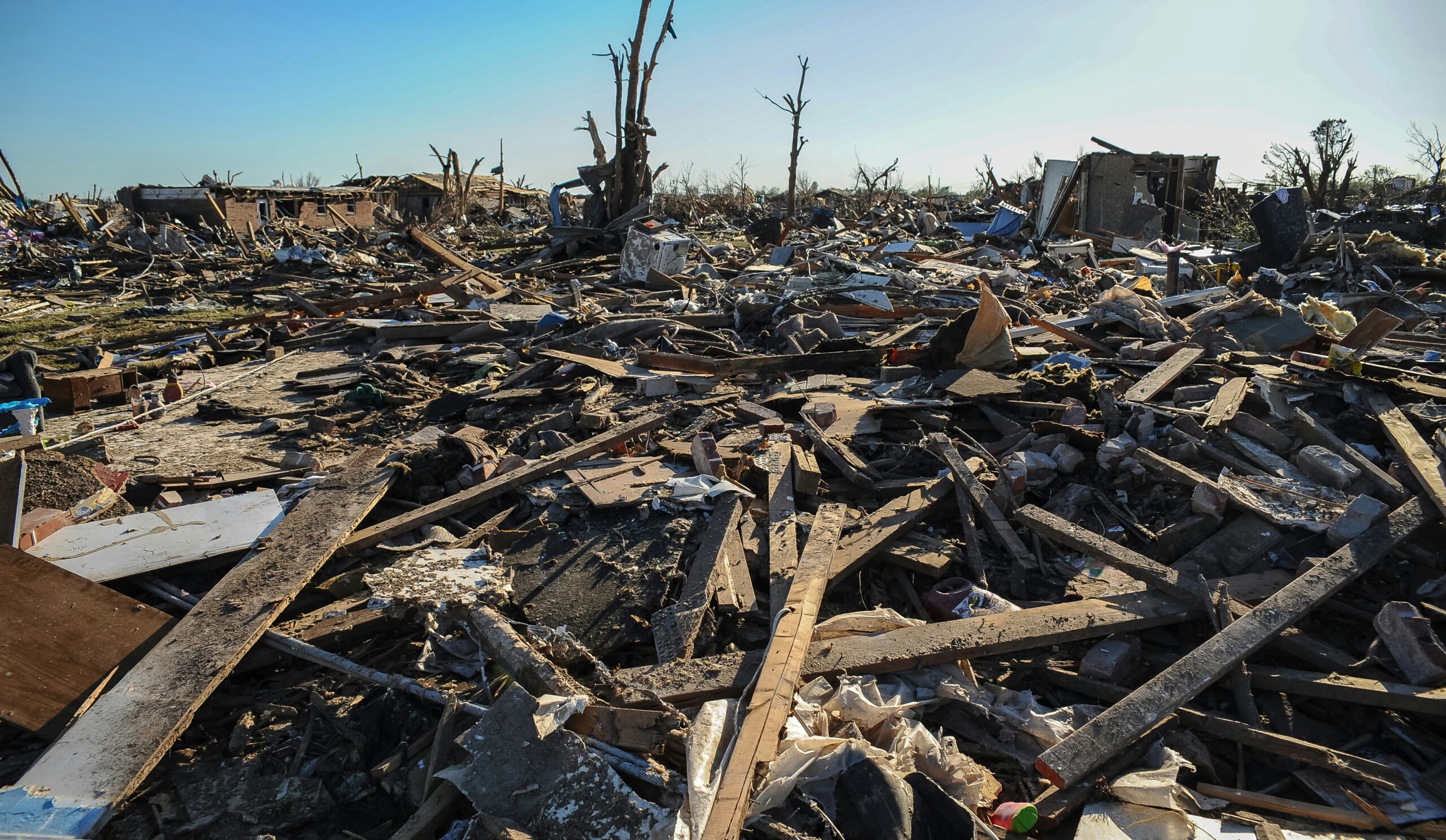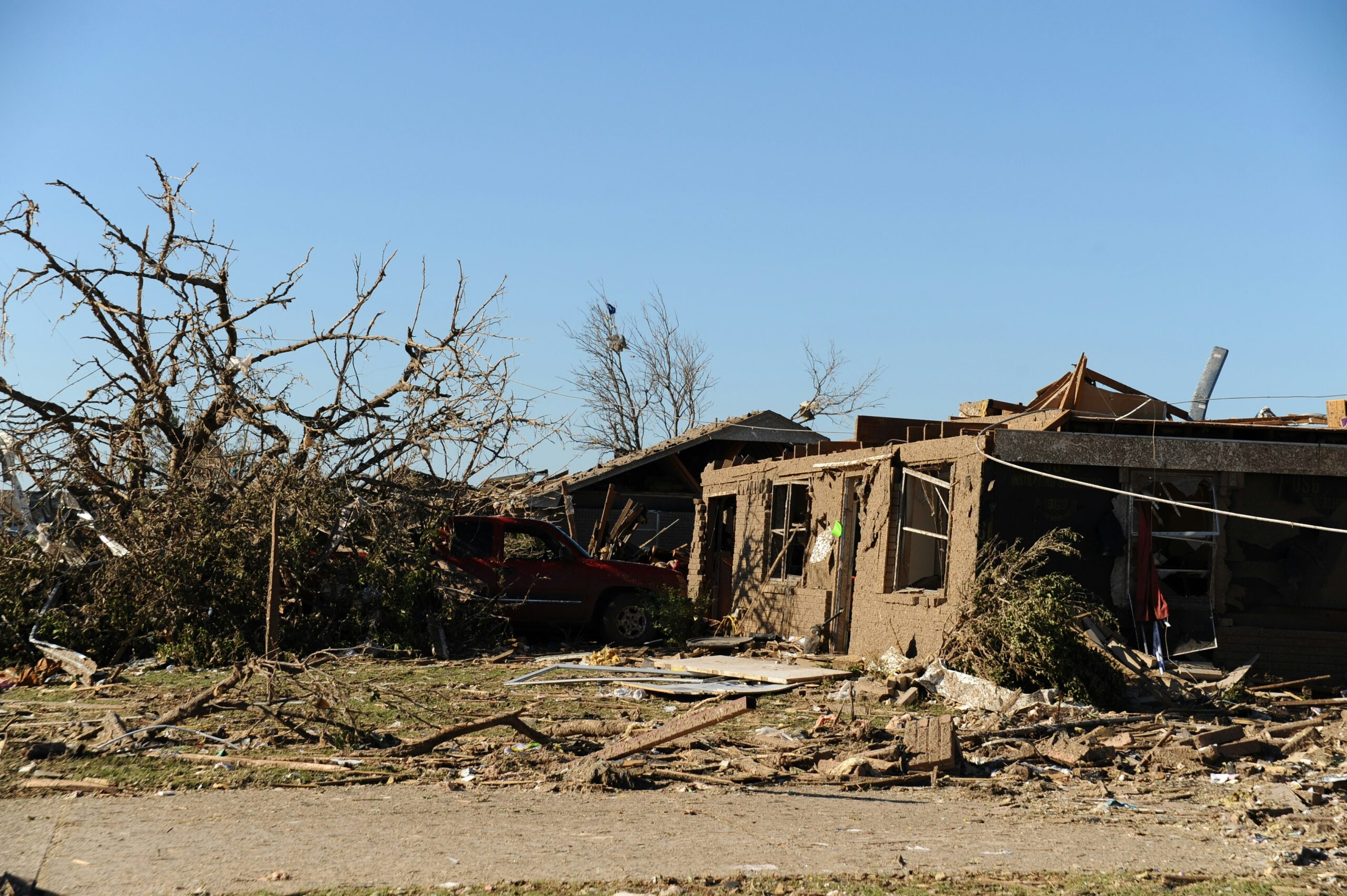Have you ever wondered what preparedness truly means when we talk about public health? The concept of preparedness often brings to mind images of stockpiling supplies or having emergency plans in place. However, in the realm of public health, it’s a much broader and multifaceted idea. Preparedness involves not only the readiness to handle emergencies like pandemics or natural disasters but also the ability to maintain health systems and prevent disease outbreaks in the long term. In essence, it’s about creating a resilient society that can safeguard the health and well-being of its population under a variety of circumstances.
Understanding Public Health Preparedness
Public health preparedness is a comprehensive term that encompasses the strategies and measures implemented to manage and mitigate health crises. It requires planning, coordination, and investment at multiple levels of society—from government agencies and healthcare providers to communities and individuals. Preparedness aims to enhance a society’s capacity to prevent, respond to, and recover from health emergencies.
The Importance of Public Health Preparedness
Why is public health preparedness so crucial? At its core, preparedness helps to minimize the impact of health emergencies on societies. When a community is prepared, it can save lives, reduce economic losses, and ensure quick recovery. Preparedness provides a framework for a timely and efficient response that involves everyone, from public officials to private citizens. It is also vital for maintaining public trust, as communities expect their governments and health systems to be ready and capable of handling crisis situations.
Key Components of Public Health Preparedness
To effectively prepare for health emergencies, several critical components need to be in place:
-
Surveillance Systems: Timely detection and monitoring of health threats are crucial. Robust surveillance systems enable authorities to identify emerging health concerns rapidly.
-
Communication Strategies: Clear communication channels are vital for disseminating accurate information during a health crisis. Effective communication helps to guide public behavior and prevent misinformation.
-
Resource Allocation: Efficient distribution of resources, including medical supplies and personnel, ensures that healthcare systems aren’t overwhelmed during emergencies.
-
Training and Education: Continuous training for healthcare workers and public health professionals equips them with the necessary skills to handle emergencies proficiently.
-
Community Engagement: Involving communities in preparedness planning encourages proactive participation and resilience at the local level.
Preparedness Planning and Policy Development
Developing detailed preparedness plans and policies is essential for addressing potential health crises. These plans should be based on risk assessments and tailored to the specific needs and resources of communities. They often include:
-
Emergency Operation Plans (EOPs): Frameworks for managing and coordinating responses during a health crisis.
-
Continuity of Operations Plans (COOPs): Strategies ensuring essential functions are maintained even when normal operations are disrupted.
-
Pandemic Plans: Specific guidelines for containing and addressing widespread infectious diseases.
Policies should incorporate lessons learned from past experiences and involve collaboration with international organizations, as health threats can transcend national borders.
Preparedness in Action: Public Health Emergencies
Let’s discuss how preparedness plays out during specific public health emergencies. Understanding these scenarios highlights the dynamic nature of readiness and response.
Pandemics and Infectious Disease Outbreaks
Pandemics, such as the COVID-19 crisis, showcase the necessity for comprehensive preparedness. Robust healthcare systems, international cooperation, and rapid vaccine development are critical elements here. Strategies such as social distancing, lockdowns, and vaccination campaigns have been key measures in mitigating such outbreaks. Preparedness for pandemics also involves stockpiling antiviral drugs and personal protective equipment (PPE) and planning for surge capacities in hospitals.
Natural Disasters and Their Health Implications
Natural disasters like hurricanes, earthquakes, or floods can have profound health impacts. Public health preparedness for such events includes ensuring the availability of clean water, sanitation, shelters, and healthcare services. Coordination among various agencies and quick deployment of resources are vital to address immediate health needs and prevent disease outbreaks post-disaster.
Bioterrorism and Chemical Threats
Preparedness for bioterrorism involves having rapid detection systems and having protocols in place for responding to biological or chemical attacks. This includes stockpiling antidotes and vaccines and ensuring the security of laboratories handling dangerous pathogens.

Building Resilience: Long-term Preparedness Strategies
Long-term preparedness is about creating resilient health systems capable of handling future challenges. It involves several strategic actions:
Strengthening Health Infrastructure
Investment in healthcare infrastructure—such as hospitals, laboratories, and medical equipment—enhances a system’s capacity to respond to emergencies. Ensuring a well-distributed healthcare network across urban and rural areas is also crucial for accessibility during crises.
Enhancing Health Education and Research
Promoting health education and research contributes to better preparedness. It involves developing new technologies, improving healthcare practices, and disseminating knowledge about prevention and management of diseases. Research also plays a role in identifying emerging health threats and developing effective countermeasures.
Fostering Partnerships and Collaboration
Collaboration among nations, international organizations, and the private sector is essential for a coordinated response to global health threats. Establishing agreements and sharing resources can lead to a more unified and effective approach in times of crisis.
The Role of Technology in Public Health Preparedness
Technology has become an indispensable part of public health preparedness. Its applications are wide-ranging and transformative.
Data Analytics and Artificial Intelligence (AI)
Data analytics and AI are used to process vast amounts of health data, identify trends, and predict outbreaks. These technologies play a crucial role in accelerating decision-making processes and optimizing resource allocation.
Telemedicine and Remote Health Solutions
Telemedicine has emerged as a vital component of healthcare delivery, particularly during pandemics. It allows healthcare providers to offer consultations and monitor patients remotely, reducing the burden on physical healthcare facilities and minimizing exposure risks.
Digital Communication Tools
The use of digital tools, such as social media platforms and apps, has revolutionized how information is shared during emergencies. Governments and health organizations can quickly disseminate information, issue warnings, and provide guidance to the public.

Community Involvement in Public Health Preparedness
Communities play a pivotal role in public health preparedness. Their involvement ensures effective implementation of plans and enhances resilience.
Raising Awareness and Public Education
Educating the public about health threats and the necessity of preparedness encourages responsible actions and reduces panic during emergencies. Public health campaigns and educational programs can impart valuable knowledge about hygiene practices, vaccination, and emergency procedures.
Volunteerism and Local Initiatives
Local initiatives and volunteerism can significantly bolster preparedness efforts. Community members can participate in disaster drills, support vulnerable populations, and provide local insights to aid planning processes.
Challenges in Public Health Preparedness
Despite the importance of preparedness, several challenges need to be addressed:
Resource Limitations
Limited resources, especially in low-income countries, can hinder preparedness efforts. Ensuring equitable distribution of resources and support from international communities is essential for comprehensive readiness.
Political and Institutional Barriers
Political resistance or institutional inefficiencies may impede effective preparedness planning and response. Encouraging transparency, accountability, and cooperation among various stakeholders can help overcome these obstacles.
Evolving Health Threats
The dynamic nature of health threats, such as new virus strains or environmental changes, requires continual adaptation and evolution of preparedness plans. Ongoing research and flexible strategies are necessary to tackle these emerging challenges.

Measuring the Success of Preparedness Efforts
How do we gauge the effectiveness of preparedness strategies? Evaluating success involves several criteria:
Response Time and Efficiency
Quick mobilization during emergencies indicates effective preparedness. Assessing how rapidly resources are deployed and services are delivered can reflect readiness levels.
Impact on Morbidity and Mortality Rates
Lower morbidity and mortality rates during health emergencies can signify successful preparedness efforts. Comparing these statistics against expected outcomes provides a clear picture of efficacy.
Community Satisfaction and Trust
Public trust and satisfaction with governmental and healthcare responses can indicate success. Conducting surveys and engaging with communities post-crisis provide insights into perceived preparedness effectiveness.
Looking Ahead: The Future of Public Health Preparedness
Preparation is an ongoing process, and looking forward, several trends will likely shape the future of public health preparedness:
Integrating Climate Change Considerations
As climate change contributes to the frequency and intensity of disasters, integrating climate science into preparedness planning is essential. This approach can enhance resilience against environmental health threats.
Expanding Global Health Coalitions
Increased collaboration among countries and international agencies can enhance the collective ability to prevent and respond to global health crises. Strengthening existing alliances and building new ones will be crucial for shared security.
Emphasizing Equity and Inclusion
Ensuring that preparedness efforts address the needs of all population segments, particularly marginalized groups, will promote more inclusive and effective responses. Equity must be a guiding principle in preparedness policies and practices.
In conclusion, public health preparedness is a multidimensional and ever-evolving concept. Its successful implementation requires collective effort, ongoing research, and strategic investment. By understanding its components and challenges, you can appreciate the importance of being prepared, not only during times of crisis but as part of an everyday commitment to safeguard public health.


